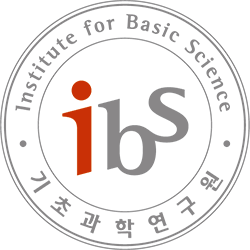Semin Yoo (유세민), Combinatorics of Euclidean spaces over finite fields
Room B232 IBS (기초과학연구원)$q$-analogues of quantities in mathematics involve perturbations of classical quantities using the parameter $q$, and revert to the original quantities when $q$ goes $1$. An important example is the $q$-analogues of binomial coefficients, denoted by $\binom{n}{k}_{q}$, which give the number of $k$-dimensional subspaces in $\mathbb{F}_{q}^{n}$. When $q$ goes to $1$, this reverts to the binomial …

